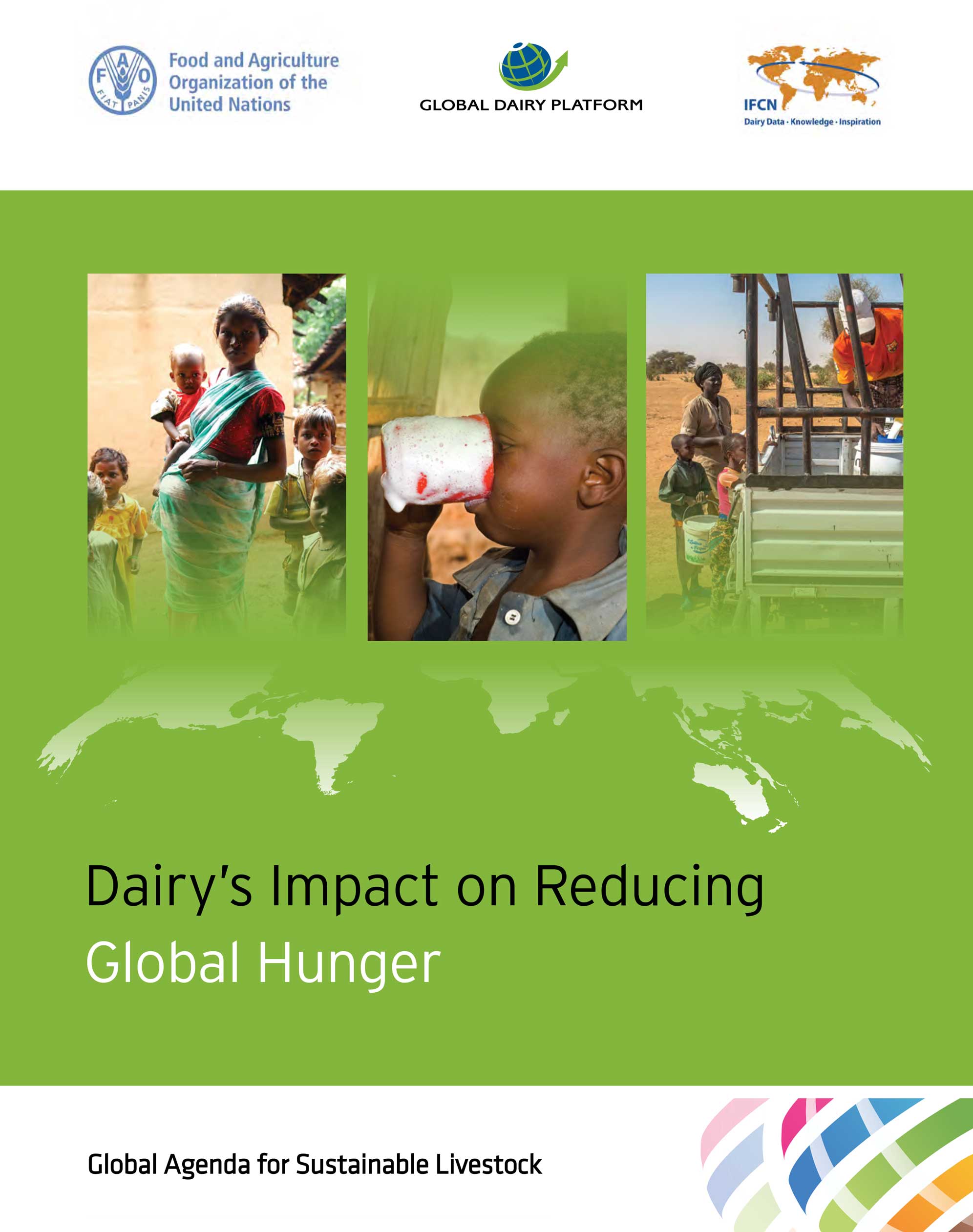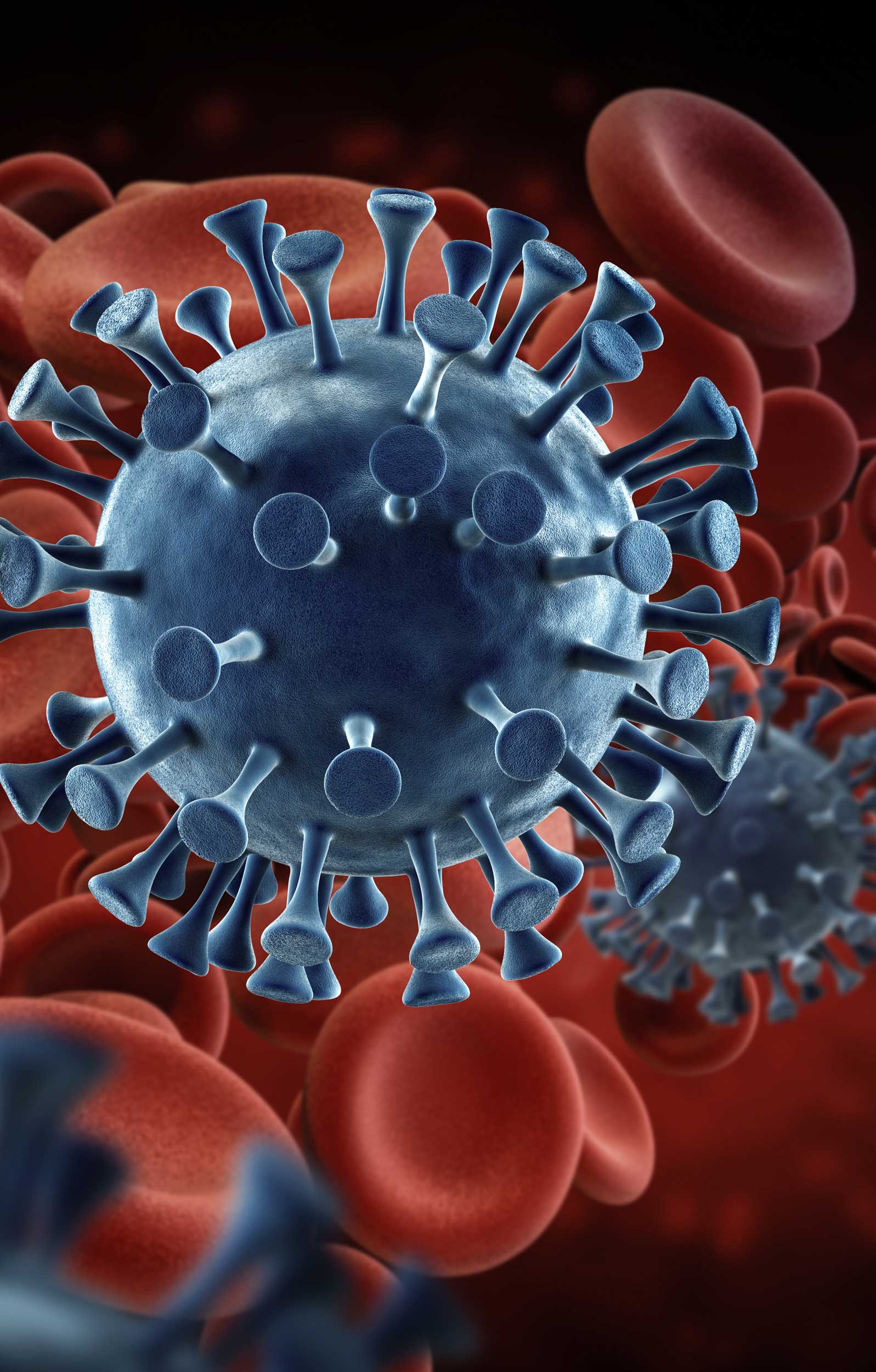GDP Bulletin March 2020
New Research Paper Published about Dairy’s Impact on Reducing Global Hunger
In conjunction with the UN Food and Agriculture Organization, the UN Global Agenda for Sustainable Livestock and the IFCN Dairy Network, Global Dairy Platform (GDP) has published the second research paper in a series on how dairy can help with socio-economic challenges articulated in the UN Agenda 2030 and the Sustainable Development Goals (SDGs). The paper, “Dairy’s Impact on Reducing Global Hunger,” demonstrates the role dairying plays in tackling SDG2 – Zero Hunger. It provides quantitative evidence of how dairy reduces the adverse consequences of malnutrition such as stunting and wasting.
The first research paper in the series, “Dairy Development’s Impact on Poverty Reduction,” examines how dairy can lift rural families and communities out of poverty, SDG1 – No Poverty.
GDP has already started working on a third paper in the series, which investigates the linkage between dairy and the empowerment of socially disadvantaged groups, including women and youth, SDG10 – Reduced Inequalities. That paper is expected to be published in 2021.
June 1 Marks the 20th Anniversary of World Milk Day
Twenty years ago, World Milk Day was established by the Food and Agriculture Organization of the United Nations to recognize the importance of milk as a global food, and to celebrate the dairy sector. Each year since, the benefits of milk and dairy products have been actively promoted around the world, including how dairy supports the livelihoods of one billion people.
This year, we are hoping to break new records in terms of outreach, participation and promotion for the 20th Anniversary of World Milk Day. Given concerns over COVID-19, we don’t recommend holding in-person events, but instead suggest focusing efforts on social and traditional media efforts.
To help create a positive stream of conversation, the 2020 celebrations will start with the Enjoy Dairy Rally May 29 – May 31, culminating with World Milk Day on Monday, June 1. This year’s theme is “Dairy’s Role in a Responsible and Sustainable Food System,” which will focus on the important contributions of dairy as it relates to health and nutrition, environmental sustainability and socio-economic development. GDP is developing an activation guide which contains everything (content and assets) the dairy sector needs to participate. The guide will be distributed April 15.
Start Planning Your Celebration!
Hashtags: #WorldMilkDay #EnjoyDairyRally
Facebook: @GlobalDairyPlatform
Twitter: @worldmilkday
Instagram: @globaldairyplatform
If you have any questions, please contact Kevin.Burkum@GlobalDairyPlatform.com
COVID-19 Questions
GDP has received a number of questions from the global dairy sector about COVID-19. Here are some answers, thanks to Dairy Management Inc. and the World Health Organization:
-
What Type of Coronavirus is COVID-19?
- COVID-19 is also known as Severe Acute Respiratory Syndrome (SARS)-CoV-2. The virus is most closely related (genetically) to the SARS virus from 2003.
-
Can COVID-19 Survive in Food or Milk?
- There is currently no evidence to suggest coronaviruses spread through food or water.
- It does not appear that COVID-19 can replicate in milk, nor is it known to be transmitted by cows.
- According to a dairy food safety expert, the level of human contact/exposure necessary to contaminate milk with COVID-19 is rare. In today’s modern milking and dairy products processing plants, products are largely protected from the environment and people, so the risk of the virus being introduced into the milk through human contact or sneezing is unlikely. While viral inactivation by pasteurization is variable depending on the virus, COVID-19 is unlikely to be an issue in milk because of industry best practices and the fact that the virus is not known to be associated with cows.
-
Does pasteurization kill COVID-19?
- We don’t know for sure because it hasn’t been tested. However, recent research on a similar virus (MERS-coV) in cow’s milk indicated that standard pasteurization (63 Celsius for 30 minutes) eliminated the virus. We also know from studies of the 2003 SARS virus that heat can inactivate many viruses.
-
What about frozen foods and the handling of dairy products?
- While freezing is unlikely to inactivate the virus, most ready-to-eat products, including ice cream, are made with pasteurized ingredients.
- The Centers for Disease Control notes that coronaviruses generally have poor survivability on surfaces, thus there is a very low risk of spread from food products or packaging that are shipped over a period of days or weeks at ambient, refrigerated, or frozen temperatures.
- For questions, please contact GDP’s Dr. Mitch Kanter: Mitch.Kanter@GlobalDairyPlatform.com
With all the uncertainty surrounding COVID-19, we wanted to reassure you that the GDP team continues to work and operate on behalf of the global dairy sector, albeit from our home offices. If you need anything, please feel free to contact us:
Dairy Sector – A Snapshot

1 billion people strong

600 million people living on farms

400 million additional people are supported by the full time jobs that are created in support of dairy farming

240 million people are employed, directly or indirectly, in the dairy sector

133 million dairy farms

37 million farms led by women, 80 million women employed in dairying
Important Dates for the Dairy Diary
May 29 – June 1, 2020
Enjoy Dairy Rally and World Milk Day
Sept. 25, 2020
GDP Annual Meeting
Cape Town
Cape Town
Sept. 26, 2020
Dairy Sustainability Framework Annual Members Meeting
Cape Town
Cape Town







